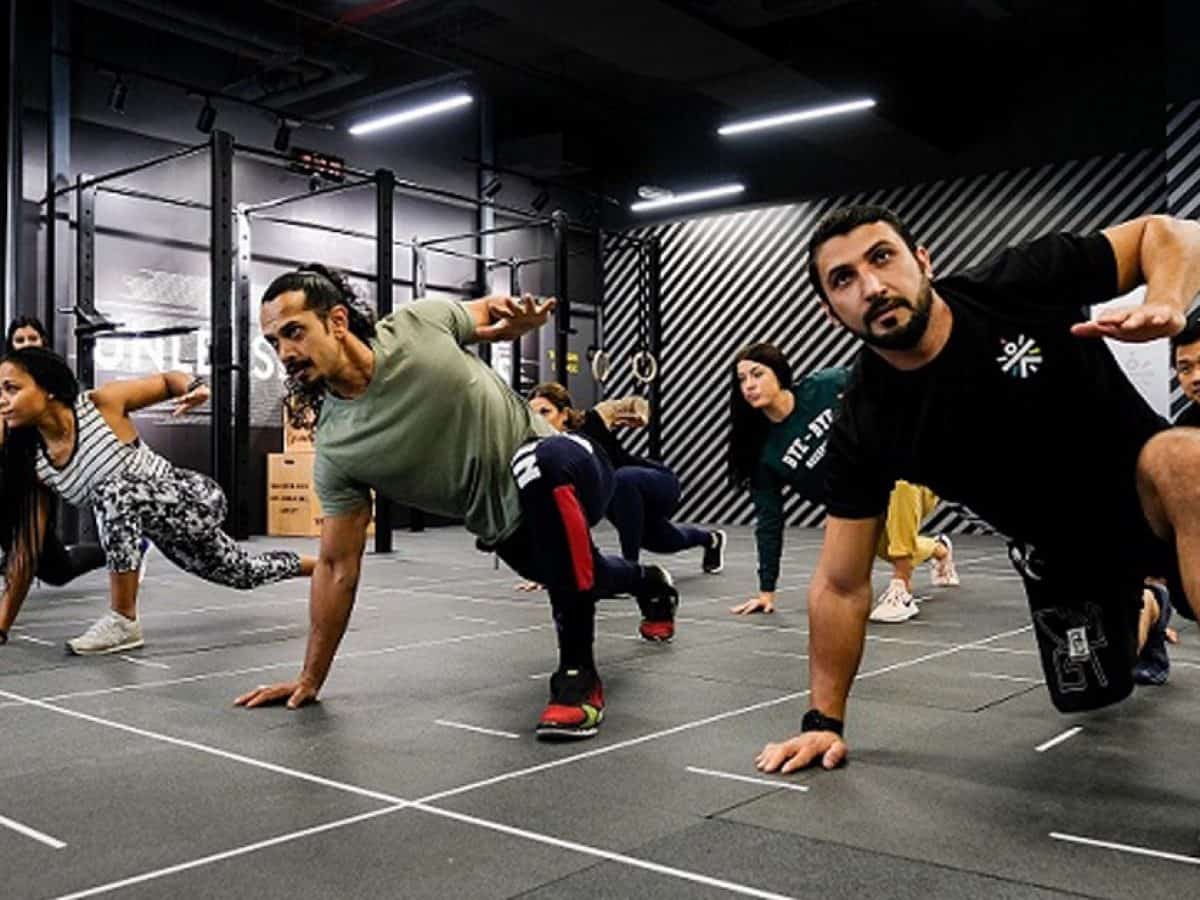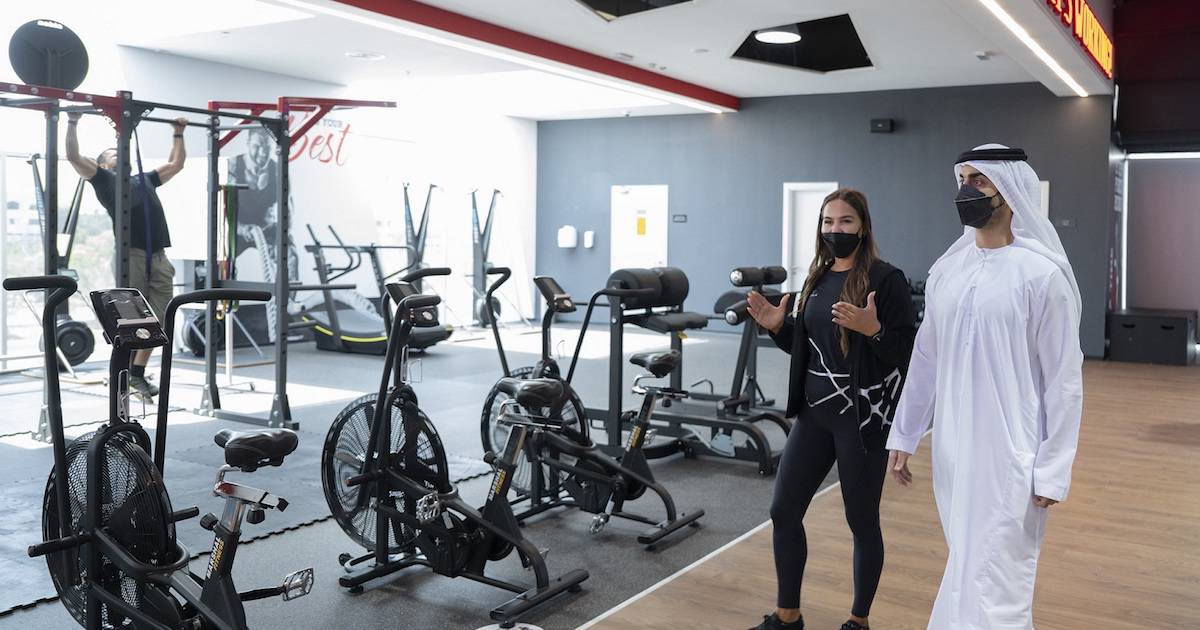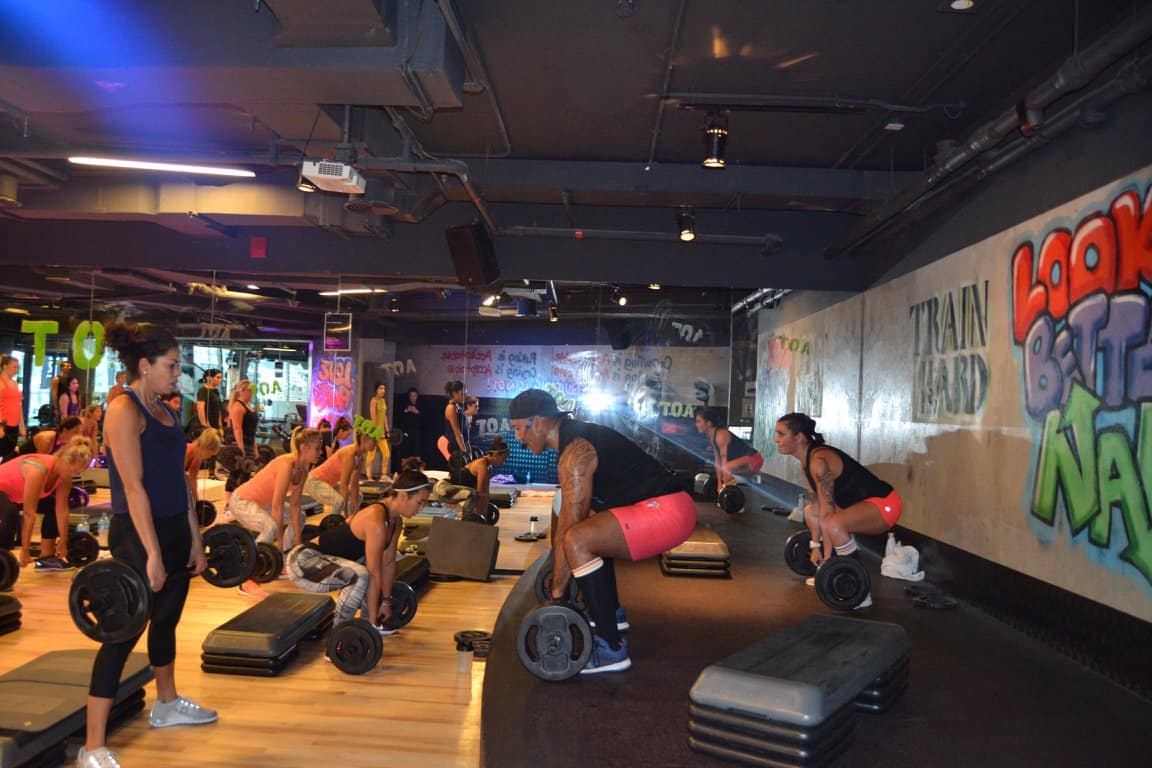With the Covid pandemic on the decline, the gyms and fitness centers across the United Arab Emirates and the GCC are filling up with fitness enthusiasts who deserted them two years ago due to the outbreak of the infection.
According to the Global Consumer Fitness report, gyms worldwide are seeing a massive recovery as we emerge from the pandemic, with fitness fans anxious to get back to live fitness workouts.
Gyms are on a solid path towards recovery in the Middle East, with class occupancy catching up at 88 percent pre-COVID levels. And other global markets are up by 120 percent of pre-COVID membership levels where capacity restrictions have lifted.
Furthermore, after months of isolation and a year of enforced home workouts, the appetite for live fitness experiences in groups is soaring, with 85 percent of gym-goers interested in trying live classes in their facility.

Two-thirds of global gym members (67 percent) prefer working out with others in small or large groups, whereas this number is even higher in the Middle East with 79 percent, while live classes in clubs are nearly twice as appealing as online live-streamed classes.
These findings were revealed in a Global Fitness Survey by Les Mills, the global leader in group fitness.
The survey featured insights from 12,157 consumers across 14 countries and explored how the pandemic has encouraged consumers to prioritize their health.
The pandemic has encouraged consumers to prioritize their health, with 50 percent focusing more on their well-being in 2021. In addition, 82 percent of consumers regularly exercise, while 75 percent of this group indulge in gym-type activities, making fitness the world’s biggest sport.
The UAE Government is regularly undertaking new measures to address fitness and mental health issues and reduce its stigma. It has come up with many initiatives for Emiratis and expatriates by giving them access to many health services and support as required.
But how has the pandemic affected our fitness habits, and what are the trends shaping the sector in the Middle East?
According to Glen Stollery, CEO of Les Mills International — India, the Middle East, and Africa, 82 percent of people in the MEA enjoy working out, which is the highest percentage ever.
“According to our most recent survey, 88 percent of people in the UAE engage in any physical activity or exercise, including gym workouts, which is the highest of any country in the world. I believe a lot of that has to do with the weather in some ways, so I believe that’s why people are doing gym workouts at home or gym workouts at a facility, so that’s why the number is high.”
“There is a relatively small percentage of the population that claims to be uninterested in improving their health and fitness. Improving one’s health and fitness has become a requirement for those most sensitive, those with diseases, or physically inactive. People today have a positive attitude toward fitness and desire to do more,” he told TRENDS.
A significant relation with mental health
Fear of getting the virus and social isolation were at the forefront of people’s minds during the pandemic, imposing a burden on mental health.
However, the good news is that research shows a direct link between exercise and improved mental health. Indeed, last year, the John Brick Mental Health Foundation analyzed 1158 studies from the previous 30 years and found an 89 percent statistically significant relationship between exercise and mental health gains.
“We don’t often enough talk about the psychological benefits of exercise and the interesting thing about this. The research study was detailed in that it included precise recommendations for the types of exercise that everyone should be doing to improve his mental health,” Stollery added.
States of depression or reducing hostility and their advice about what you should be doing to better your mental health condition are the same as Les Mills’s recommendations about improving your physiological state of fitness.
According to Stollery, three workouts per week are recommended, with a combination of strength training, cardiovascular exercise, and flexibility, such as yoga, which are the best combination of training for both physical and mental health.
“Ideal mental health improvements, as well as positive mental health results in physiological health outcomes,” he added.
Hybrid workouts are the new norm
The digital exercise boom appears set to last in a world awash in technology, with 80 percent of gym members planning to continue utilizing digital workouts after the pandemic.

Clubs that can integrate the digital and physical worlds to provide members with an omnichannel fitness experience will succeed across all sectors.
“While live fitness experiences remain at the pinnacle, the digital fitness boom and the rise of home working mean that today’s fitness consumers seek a connected fitness experience that is convenient and allows them to live a more active lifestyle. COVID-19 has turned everything into a hybrid, and it’s become the new normal,” Stollery noted.
“As we emerge from the pandemic, ‘Omnichannel Fitness,’ a blend of in-gym and digital home workouts, is projected to gain traction, with most exercisers (59 percent) selecting a 60:40 split between the gym and home workouts,” he added.
People enjoy club workouts because of the quality of the instructors, the equipment, the environment, and the fact that they can train with friends. Still, they prefer to work out at home because it is more convenient, especially after a long day. For example, instead of taking the time to go to a club, you can activate a high-intensity interval workout on your app and get a great 30-minute workout in your own home, he continued.
Furthermore, clubs that can integrate the digital and physical worlds to provide members with an omnichannel fitness experience will succeed across all sectors.


